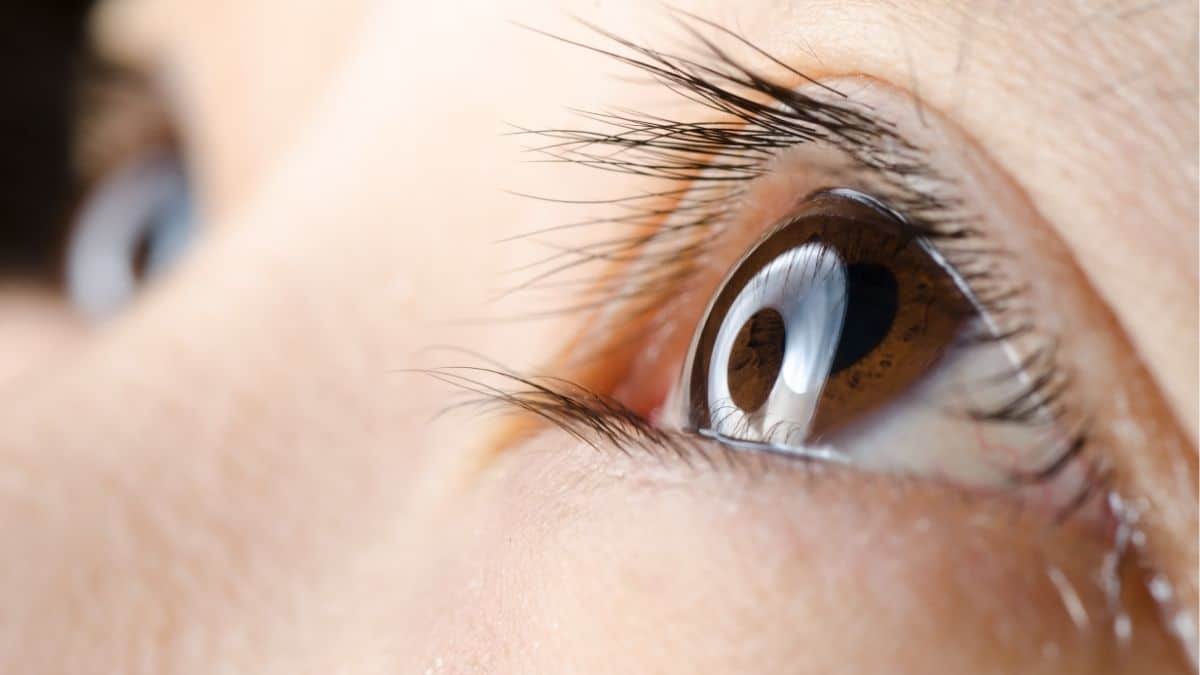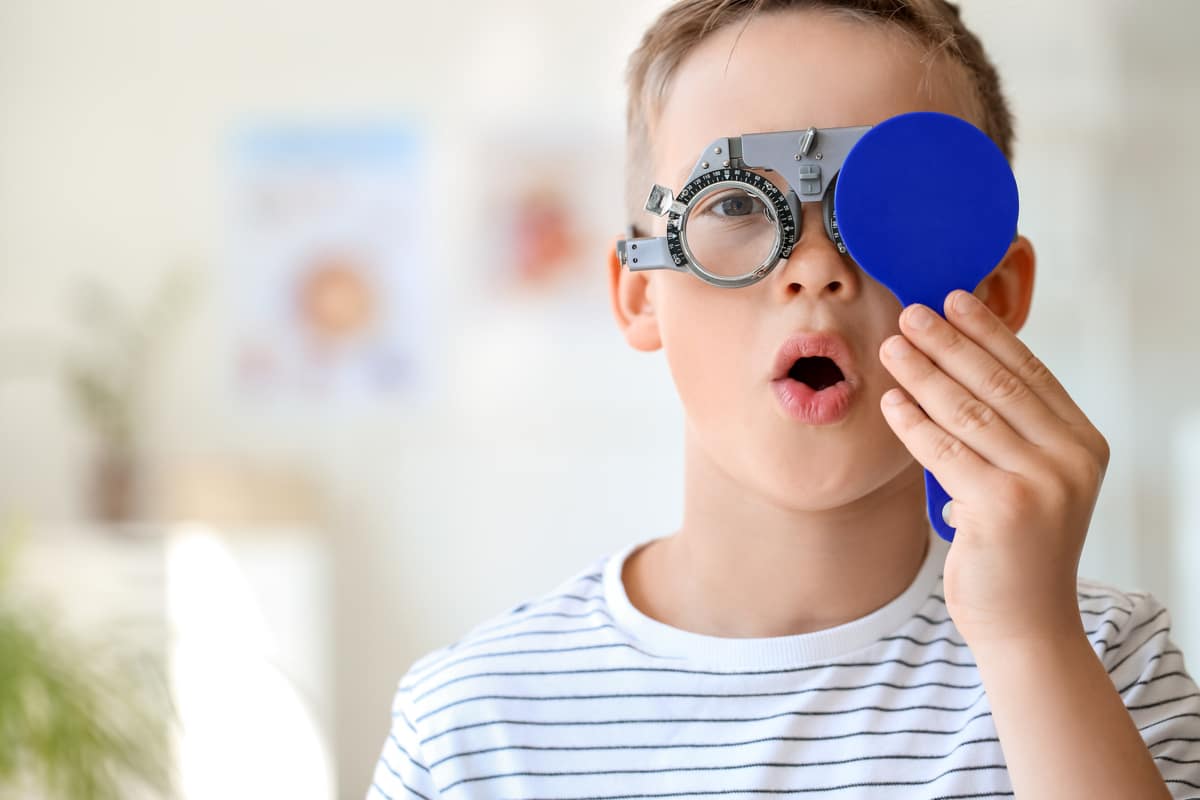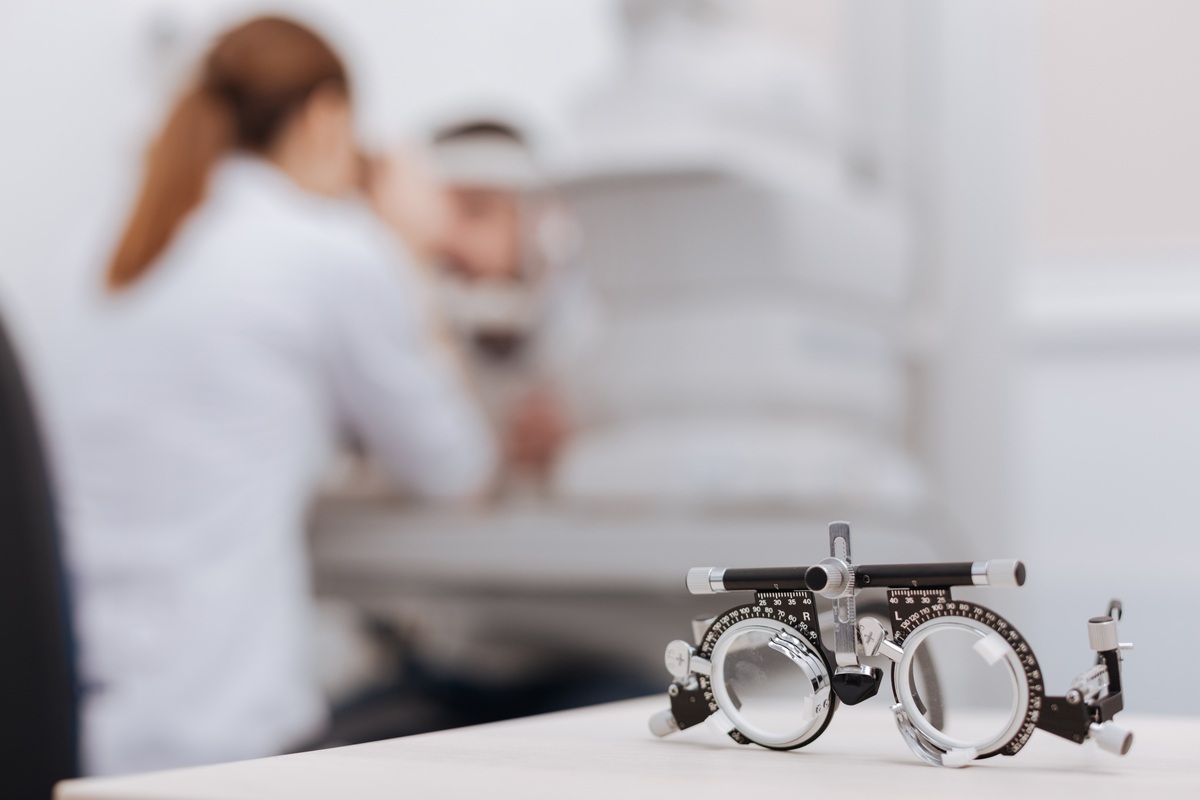Noticing constant tears in a baby’s eyes can be confusing, especially when there’s no crying involved. Watery eyes in babies show up often during the first few months and can be part of normal development. Still, it’s essential to know when it’s harmless and when it might be a sign of something more.
We’ll explain what causes watery eyes in babies, what to look out for, and when to seek medical advice.
Why Do Babies Get Watery Eyes?
When babies have watery eyes, it can be concerning for parents. One of the most common reasons for this is the development of their tear ducts, which can sometimes lead to blocked tear ducts in infants.
Tear Ducts Still Developing
Most often, watery eyes in babies are caused by blocked tear ducts. These ducts help drain tears from the eyes into the nose, but in some infants, they aren’t fully open at birth. As a result, tears can’t drain properly and overflow instead. Nasolacrimal duct obstruction in children is quite common, affecting about 6% of newborns. It often resolves without treatment during the first year of life, a development usually monitored during an infant eye exam.
Other Possible Causes
While blocked tear ducts are the most common cause, there are others to consider:
- Conjunctivitis (pink eye): Can cause tearing and yellow-green discharge.
- Eyelid issues: Such as entropion, where the eyelid turns inward.
- Allergies or irritants: Dust, smoke, or wind can trigger tearing.
- Infection of the tear duct: Known as dacryocystitis, which may cause redness and swelling.
While watery eyes in babies often stem from harmless developmental issues like blocked tear ducts, parents need to monitor their children’s symptoms. Early intervention can help ensure a healthy outcome for the child’s eye health.
When Are Watery Eyes in Babies Normal?
Observing watery eyes in your baby can be concerning for parents, but often, this is a normal part of their early development. Understanding what is typical can help alleviate worries and guide you on when to seek professional advice.
Early Months After Birth
It’s normal for infants to experience some tearing during their first few months. As long as there’s no redness, swelling, or pus-like discharge, it’s usually not a cause for concern. Most blocked tear ducts clear on their own before the child’s first birthday.
Home Care Tips
If tearing is mild and your baby’s eye looks healthy otherwise, simple at-home care may help:
- Wipe away tears with a clean, warm cloth
- Gently massage the tear duct area (inner corner of the eye)
- Keep the area clean and dry
Following these simple home care tips, you can often manage mild, watery eyes while waiting for the tear ducts to develop, ensuring your baby’s comfort.
When to See a Doctor
Not all watery eyes in babies are harmless. You should consult your pediatrician or an eye care specialist for a pediatric eye exam if:
Warning Signs That Need Attention
- The eye appears red or swollen
- Yellow or green discharge is frequent
- Eyelids stick together after sleep
- Symptoms persist beyond 6 to 12 months
- Your baby seems unusually fussy or in discomfort
These signs may indicate an infection or a more serious issue that requires treatment.
Treatments for Blocked Tear Ducts
If a blocked duct doesn’t improve, a specialist may recommend:
- Continued massage and cleaning
- Prescription antibiotic eye drops if infection is present
- A procedure called probing to open the duct
Probing is safe and effective, often done under mild sedation or local anesthesia.
Supporting Healthy Vision Early On

Watery eyes in babies usually aren’t serious, but staying aware of the signs can help you act early if something’s wrong. With routine monitoring and timely care, most eye concerns in infants can be easily managed. If you’re concerned about your baby’s watery eyes, contact Art of Optiks today. Our team is here to support your child’s healthy vision from the very beginning.




